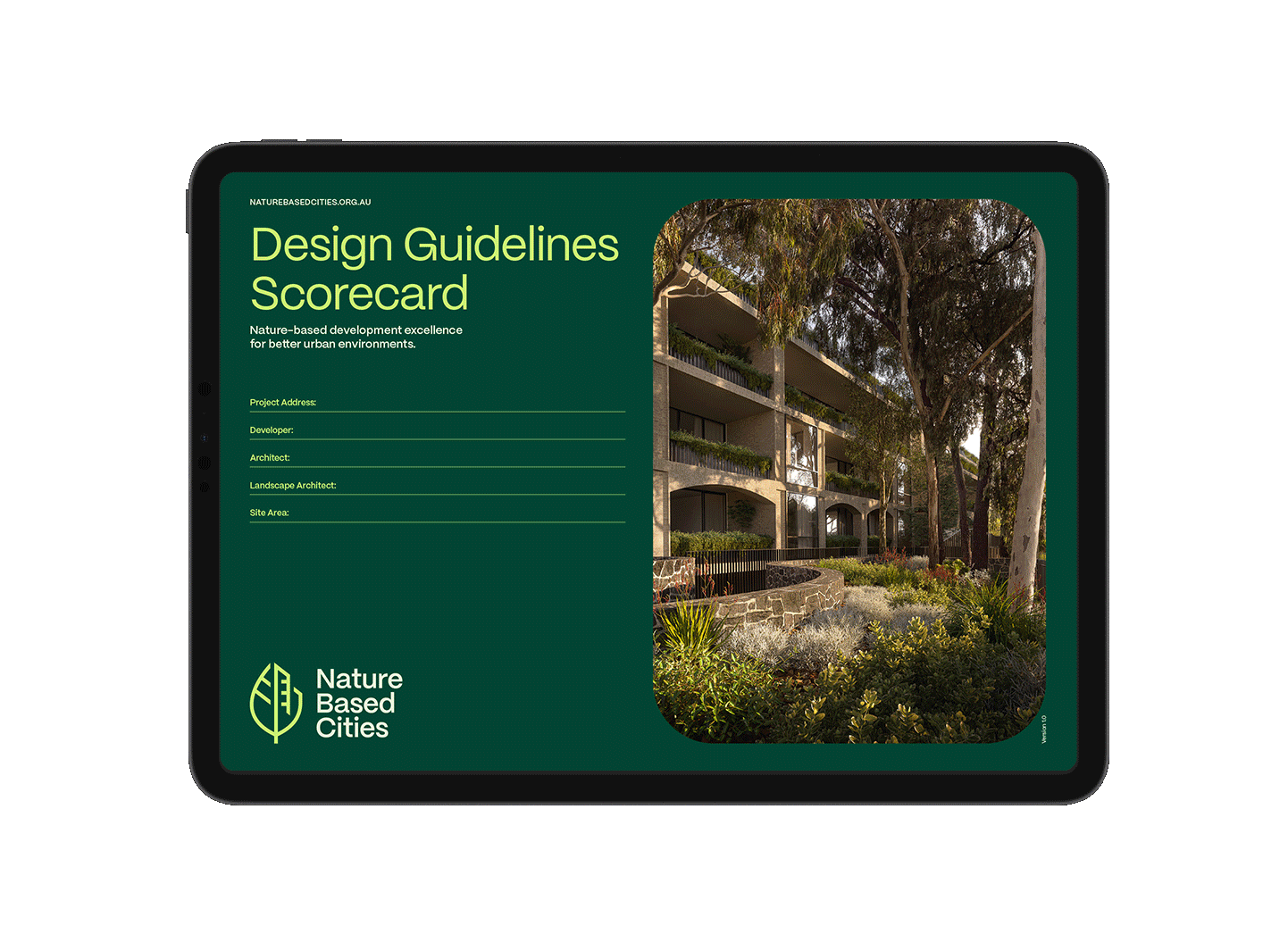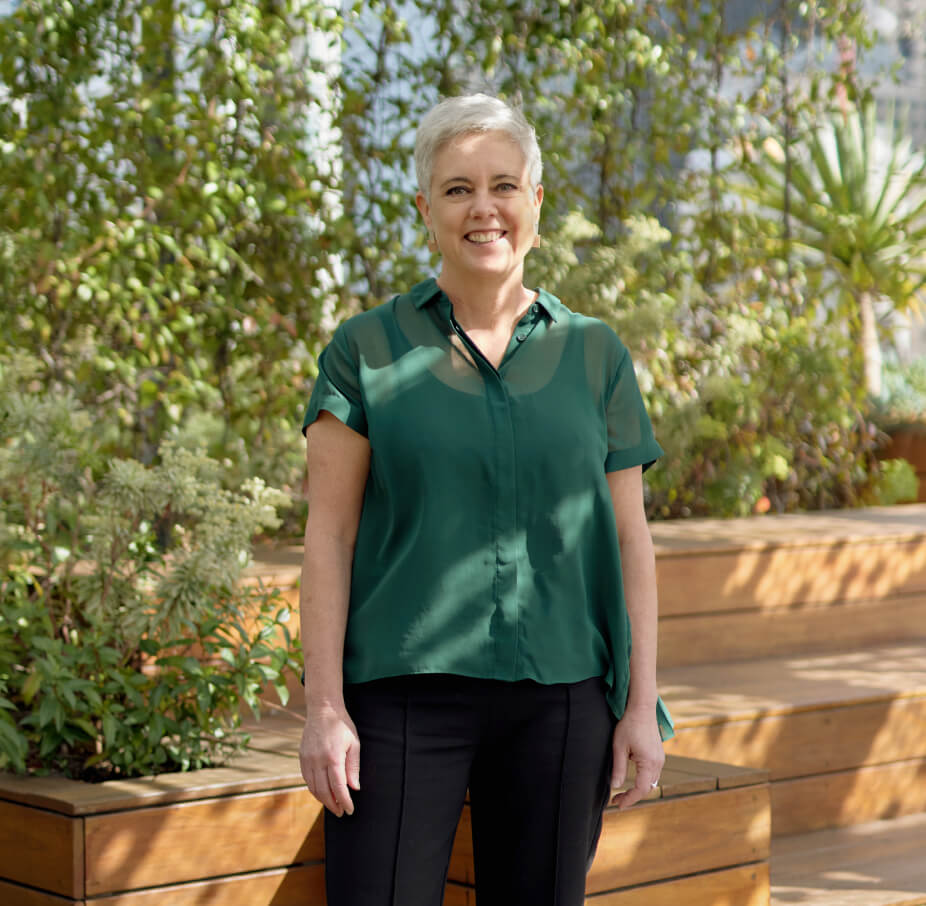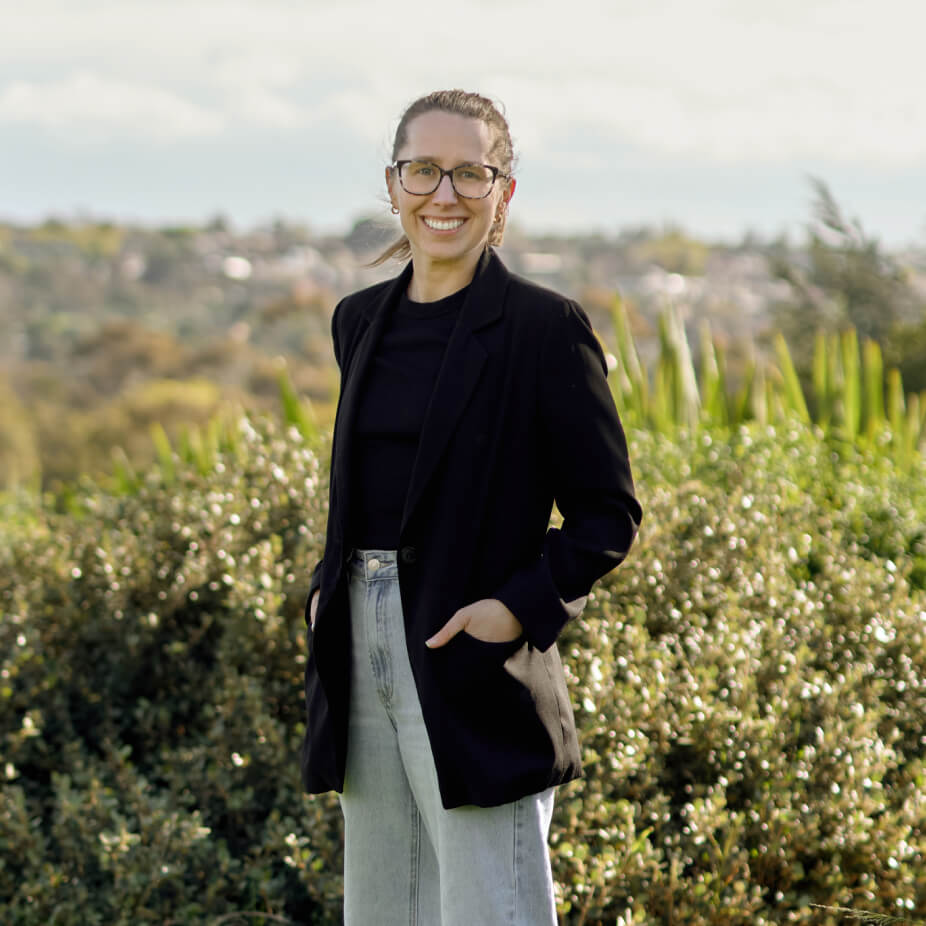Nature-based development excellence for better urban environments
Transforming our cities, such that they are defined by trees, living landscape and green open space.
Our Vision
We envision a future where cities are developed in harmony with nature.
A growing proportion of the global population lives in cities – humanity is now predominantly urban. As we face global-scale pressures and challenges of climate change and sustainability, the health and liveability of our precincts and cities, and their contributions towards addressing these global challenges is increasingly important.
Just as many of the sustainability challenges we face emanate from cities, so too are cities potentially the locations for the solutions to these challenges. Creating nature-based cities, in which trees, living landscape and green spaces are essential elements that are integrated in the urban fabric, the infrastructure and the spaces and places within our cityscapes, is critical for sustainable and liveable urban futures.
Our Purpose
To influence the shape of cities around the world, such that they are defined in the future by more trees, living landscapes and green open space.
Our approach encompasses:
What it means to achieve
Nature Based Cities accreditation.
For Residents
The benefits of placing nature at the forefront of urban design.
For Developers
Choose to major
in nature for your ESD requirements.
Nature Based Cities
Design Guidelines & Scorecard.
To promote, encourage and commend the inclusion of nature.
The Nature Based Cities design guidelines build upon academic research and global development standards to provide a set of practical design principals that can be implemented within a projects planning stage to help achieve better social, environmental, and commercial outcomes.
The Nature Based Cities Guidelines scorecard is for developers who care about sustainable design and want to focus on nature-based solutions.
The scorecard comprises a set of achievable landscape based design goals, which can be adopted as a design brief to guide architects and landscape architects. The scorecard sets the two following levels of achievement: 'commended' or 'exemplary'.
Once the schematic design is complete and submitted for approval, the scorecard is formalised based on actual outcomes. Submitting it with supporting documents secures the Nature Based Cities rating.
Download the Nature Based Cities scorecard to benchmark your project prior to applying for formal accreditation.
Exemplary - 80%
Exemplary projects are the highest rated NBC projects, designed in accordance with the Nature Based Cities Guidelines with a scoring of 80% or more of available points.
Commended - 60%
To achieve Commended status, projects must achieve a minimum score of 60-80% of available points.

Nature Based Cities team.
Nature Based Cities brings together leading minds from business, development, research & planning to champion a better way to develop in harmony with nature.
“We are a part of nature - not apart from it – and our survival as a species depends on respecting how connected we are to it.”
Our Team
Founder of Nature Based Cities
Founder & Executive Chairman, Hamton Property Group
Paul is also the Founder and Executive Chairman of developer, Hamton Property Group, which in the last 18 years has completed or current projects of around $4.5 billion in Melbourne’s aspirational inner and middle ring suburbs.
Paul is the first Australian to have climbed the Seven Summits (the highest peak on every continent on Earth, including Everest) and complete the Polar Hat-Trick (North Pole, Greenland Crossing and South Pole), including setting a new route from the coast of Antarctica to the South Pole. Other expeditions have included 1,000km through unexplored Peruvian Amazon jungle with Matses tribe support and a 400km crossing of the Sinai with Bedouin tribe support.
Paul received an Order of Australia Medal in the 2019 Queen’s Birthday Honours for service to exploration and to business.
“With humanity predominantly living in cities, how then do we connect communities back to the significance of our natural world? NBC believes that by putting nature back at the very heart of communities, we create the opportunity to re-connect with nature at an emotional and spiritual level. In this regard, we have much to learn from ancient and indigenous wisdom, where, for most of our history humanity and the natural world were seen as intertwined and nature was revered.
How do we make that shift from a mindset where nature is perceived as a resource to a new way of thinking and feeling where nature is instead a daily marvel with which we have a profound connection? How do we recover our bond with the natural world? NBC uses science, intellectual research and rational advocacy to drive better nature-based decision making in the hope that the built form outcomes will result in an emotional and spiritual response in our cities that helps shifts humanity’s world view back to one that realises a more sustainable future for all life forms on this planet.”

Resources.
Your go-to resource for the leading research and experts on the benefits of nature-based development.
Research Report
Sustainability & Liveability
Image by © Robyn Oliver
for better urban environments.
News.
Nature Based Cities Leads Green Revolution for Developers -The Urban Developer
20 March 2025
Want to live in a truly green home? This ‘tree hugger’ has a plan - The Age
19 March 2025
Australian ESD’s called upon to review assessment parameters- Architecture & Design
15 June 2022
Are Australia’s ‘greenest’ buildings actually green? -The Property Tribune
10 June 2022
Australia’s “greenest” buildings aren’t actually that green -The Fifth Estate
10 June 2022
Get in touch
We’d love to hear from you if you have any suggestions, ideas or feedback.
Please get in touch via email at contact@naturebasedcities.org.au


